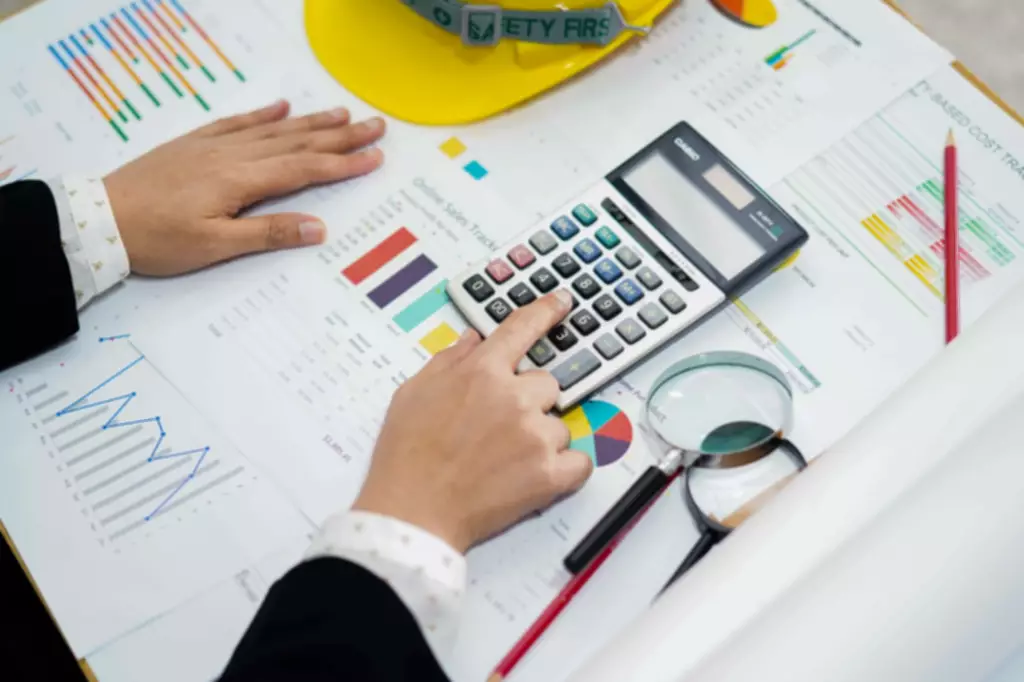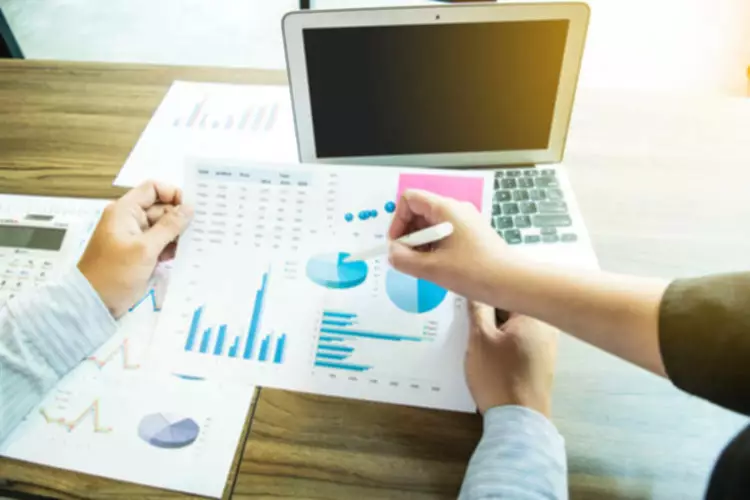Content

Try using a free small business budget template to find areas where you can make financial changes. Banks and other lenders will use your balance sheet to evaluate if you qualify for additional credit. A great balance sheet will have details of the current and previous years. An asset is something that the company owns and that is beneficial for the growth of the business. Assets can be classified based on convertibility, physical existence, and usage. Investopedia requires writers to use primary sources to support their work. These include white papers, government data, original reporting, and interviews with industry experts.
Step-by-Step: How To Make a Balance Sheet Chase for Business Chase.com – Chase News & Stories
Step-by-Step: How To Make a Balance Sheet Chase for Business Chase.com.
Posted: Thu, 01 Sep 2022 07:37:42 GMT [source]
Liabilities are a company’s obligations—the amounts owed to creditors. Along with owner’s or shareholders’ equity, they’re located on the right-hand side of the balance sheet to display a claim against a business’s assets. The balance sheet informs company owners about the net worth of the company at a specific point in time. This is done by subtracting the total liabilities from the total assets to calculate the owner’s equity, also known as shareholder’s equity or simply the net worth. A balance sheet is a financial statement used by a business for insight into its financial standing and overall value.
Long-Term Liabilities
Digital asset management Manage and distribute assets, and see how they perform. Big fan of playing tennis, snowboarding, traveling, reading books, and I live and breathe our product. Property Plant and Equipment with the Depreciation Offset — They include machinery and equipment, real estate, fixtures and fittings, and furniture used to produce goods and services. Prepaid https://www.bookstime.com/ Expenses — These are costs that you have paid but not used, or simply, expenses paid in advance. Inventory — Inventory includes finished products, work-in-progress goods, and raw materials. Accounts receivables — This is money owed to your business, such as outstanding invoices. It can be sold at a later date to raise cash or reserved to repel a hostile takeover.
- If you are a current or prospective small business owner, it’s imperative that you track your liabilities and assets.
- Often, the reporting date will be the final day of the accounting period.
- With that, we will wrap up our summary of the liabilities section of the balance sheet.
- It is one of the three core financial statements used for evaluating the performance of a business.
The image below is an example of a comparative balance sheet of Apple, Inc. This balance sheet compares the financial position of the company as of September 2020 to the financial position of the company from the year prior.
Identify Your Liabilities
This is because your business requires resources that have a longer life, that is, more than one year. Such resources can be acquired via funding provided either by you as an owner or a group of owners in the form of your investments, by banks in the form of loans, or by suppliers in the form of credit. Thus, a simple Balance Sheet gives a true and fair view of your business’s financial position.
Accordingly, the sum total of assets must be equal to the sum total of liabilities and the owner’s equity. The balance sheet equation follows the accounting equation, where assets are on one side, liabilities and shareholder’s equity are on the other side, and both sides balance out. A balance sheet depicts many accounts, categorized under assets and liabilities. Like any other financial statement, a balance sheet will have minor variations in structure depending on the organization. Following is a sample balance sheet, which shows all the basic accounts classified under assets and liabilities so that both sides of the sheet are equal. This premium template will accommodate the user to work efficiently. It can be used by the accounting department to simply data of assets, liabilities, and owner’s equity and end up comprehending the company’s net profit for a complete year.
How To Prepare Your Balance Sheet
Below, we’ll delve into how to read and prepare a balance sheet and identify the components involved so you can maintain better accuracy when recording and calculating your business’s finances. Assuming there are no capital transactions in the equity account of your business, net income from Balance Sheet is calculated by simply by deducting change in liabilities from change in assets.

You can create yours today with the help of the balance sheet template from FreshBooks. In double-entry bookkeeping, the income statement and balance sheet are closely related. Double-entry bookkeeping involves making two separate entries for every business transaction recorded. One of these entries appears on the income statement and the other appears on the balance balance sheet sheet. Using a balance sheet template will streamline the next step of the process, so that you don’t have to manually insert all of the fields yourself. This is a vital step towards understanding the core strength of a company, and to assess the business performance. The non-current liabilities are longer-term liabilities having longer maturities over a year.
This article is the first in a series designed to assist you with making sense of your practice’s financial statements. If you’re looking for a more concise look at your business finances, check out the balance sheet report from FreshBooks. It provides a summary of your business assets, liabilities and equity so you can have a quick overview of your finances.
You can even prepare a balance sheet in a spreadsheet in a vertical format where assets are recorded on the top whereas the liabilities are recorded at the bottom below the assets. Once the spreadsheet is complete, you can convert this into a balance sheet PDF format so that you can share it with the owners or the other stakeholders of your business. Take the sum total of the capital and retained earnings to determine the total amount of shareholder’s equity.

Recent Comments